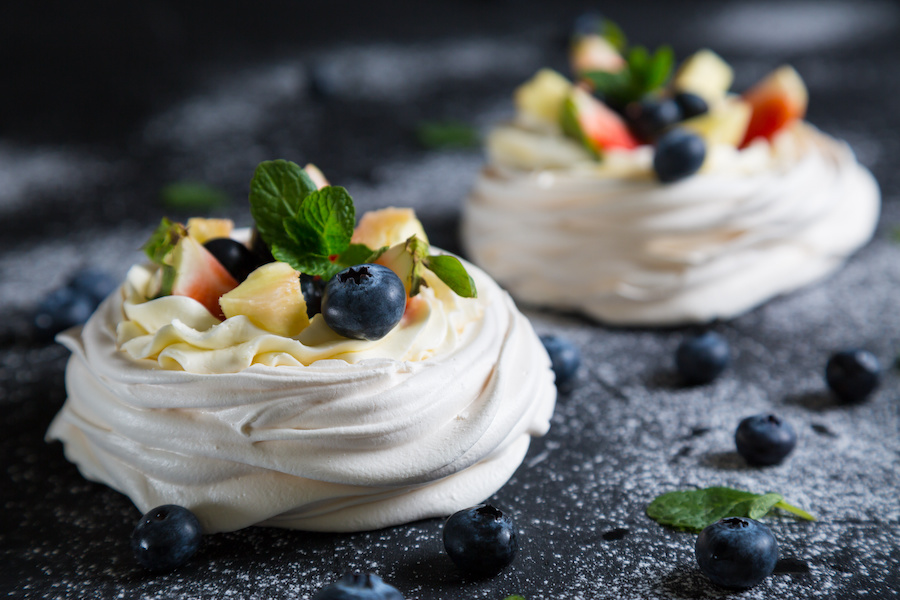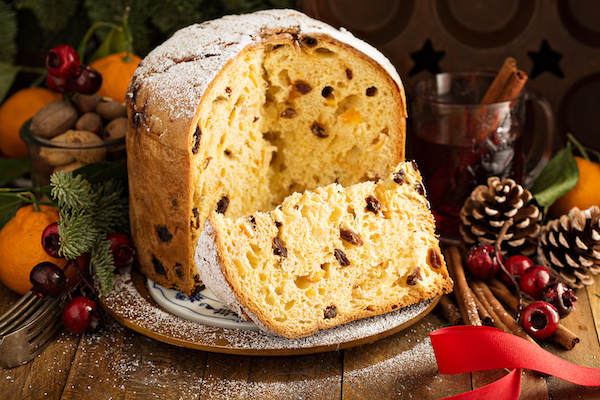The holiday season wouldn’t be complete without a classic array of Christmas desserts. Accompanying savory holiday meals with indulgent sweets is tradition all over the world. From the German Stollen to the American candy cane, the treats may differ, but the camaraderie that they represent stays constant. In this post I will describe to you some of the most popular holiday desserts from places across the globe; hopefully inspiring you to try something new and learn more about traditions elsewhere. If you’re passionate about holiday treats, consider translating this into your decor with lighted candy canes.
The German Stollen
The Stollen originated from the city of Dresden in Germany. This flaky bread was created as a result of a bread baking contest in 1329. The contest was held by the Bishop of Nauruburg. After winning the heart of the Bishop, the stollen quickly won the competition. The stollen is a fruit bread often containing raisins, and other dried fruits, topped with icing and powdered sugar. At its time of origin, the stollen was baked into 30 pound loaves due to its large demand. The stollen holds great symbolic meaning; The shape of the bread is long and narrow, symbolizing the shape of baby Jesus swaddled in a blanket. The stollen quickly became a holiday staple in Dresden.
The New Zealand/Australian Pavlova
The pavlova is a meringue shell topped with whipped cream and fruit garnish. The meringue consistency is crucial to the success of this dish because it acts as its foundation. This light and airy dessert is a staple in both New Zealand and Australia. In somewhat of a comrade rivalry, these two countries often fight for the credit of creating the pavlova. This dessert was inspired by a ballerina who toured New Zealand and Australia in 1926. New Zealand views the pavlova’s origin to have been in the kitchen of the Wellington Hotel where the shape was inspired by Anna Pavlova’s tutu. Australian tradition believes the dessert was created in Perth and named after the ballerina because it emulated her light and graceful dance style.
The Italian Panettone
The Panettone is a Christmas bread which gained popularity in Milan, Italy. Known for its light and buttery consistency, panettone is often filled with raisins, almonds, and fruit. The name of the dessert comes from the Italian word panetto, which translates to small loaf cake. The panettone is believed to have existed as far back as Ancient Rome. In 1919, a Milanese baker named Angelo Motta began producing Panettone loaves. Motta added the iconic cylindrical dome shape that the loaf still sports today. Since then, the panettone has become an Italian holiday staple, used to begin and end the day, with both breakfast and dessert.
The American Candy Cane
Arguably one of the most popular holiday treats in America today, candy canes originated in Cologne Germany. In 1670, a German choir master handed out sticks of sugar in an attempt to keep his choir occupied and quiet during the ceremony. It is said that the choir master bent the sugar sticks, in the spirit of holiday cheer, to resemble a shepherd’s crook. It wasn’t until 1847 that the candy cane made its American debut when brought over by a German-Swedish immigrant after he used them to decorate a tree. When candy canes began selling in America, they only consisted of a white color and lacked peppermint taste. In 1957, the machine used to automate the twisting of red and white sugar sticks was invented in America. Soon after, the candy cane adopted a peppermint flavor and became the holiday treat that we know today. Keeping with tradition, try using candy canes to decorate your tree or use lighted candy canes to decorate your yard for the holiday seasons to come.





